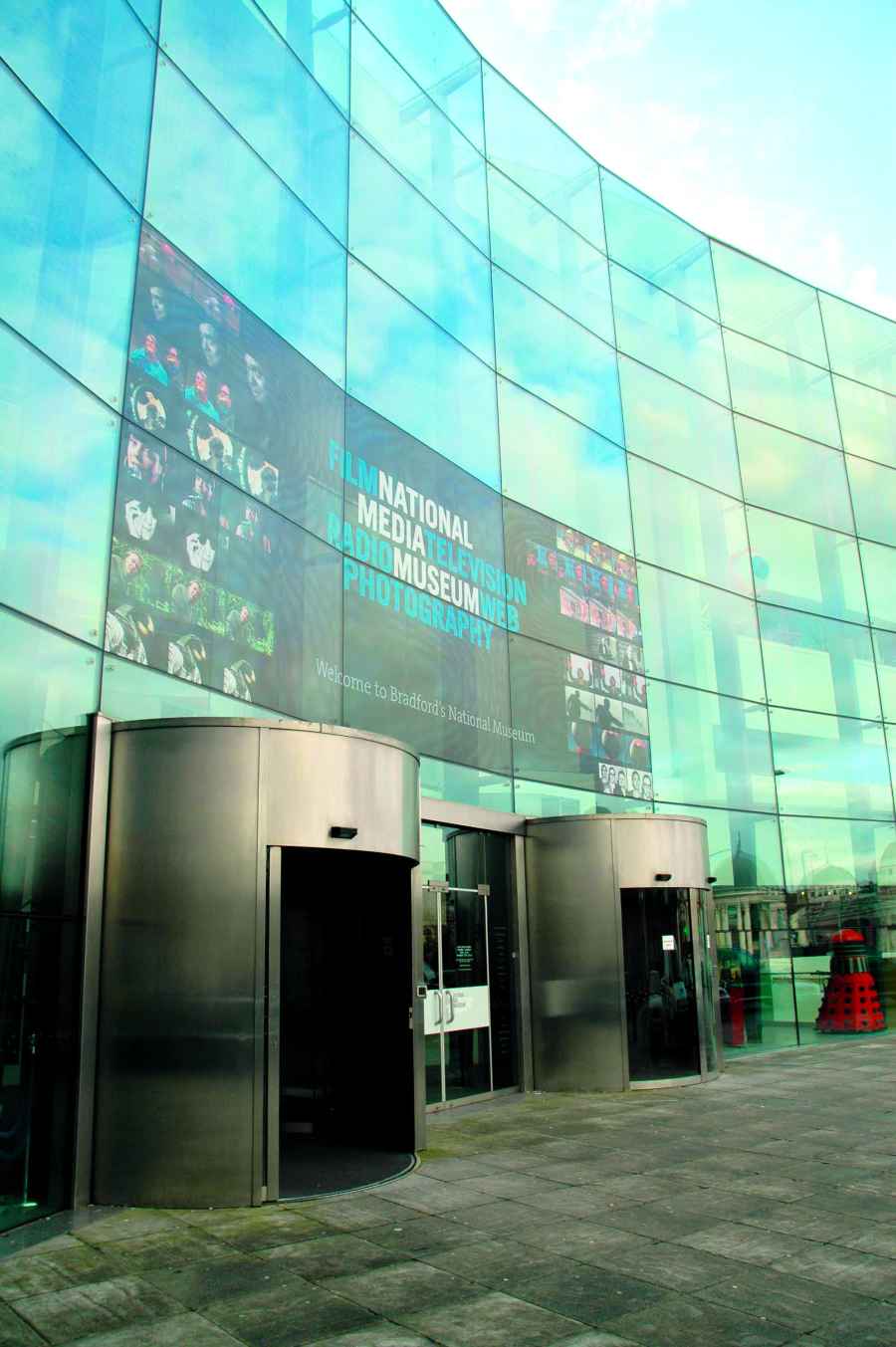The RPS Collection is currently held at the NMM in Bradford, West Yorkshire
However, the RPS fears the move will spell the loss of a ‘national museum of photography’ able to focus on the science as well as the art of photography – leading to a ‘selective and narrow appreciation of photography’.
The historic Collection – which boasts the oldest photographic negative among its 250,000 images – is currently held at the National Museum in Bradford, part of the Science Museum Group.
Yesterday, it was announced that more than 400,000 objects from the Science Museum Group’s three-million-strong photo collection will be sent to the V&A in London.
Amateur Photographer understands that the move to the V&A is expected to take place over the summer.
The treasured archive has been held at the NMM in Bradford since 2003, when it moved from the RPS’s base in Bath. The NMM was then known as the National Museum of Photography, Film and Television.
As well as precious photos, the RPS archive contains 8,000 pieces of photographic equipment and 31,000 books, periodicals and documents, charting the invention and development of photography over the past 200 years.
The move to the V&A is designed to create an International Photography Resource Centre at the London museum – which already holds 500,000 photos – enabling public access to what aims to be the ‘single largest collection on the art of photography in the world’.
At the same time, it will allow the NMM to bolster its focus on science, technology, engineering and maths.
Although the RPS says it has received a ‘commitment’ that the collection ‘will be retained as a distinct entity’ within the V&A, it adds that the transfer will mean ‘no future national museum of photography’.
And the RPS has urged the V&A to ‘expand its remit to take responsibility for the National Photography Collection’.
In a statement, the RPS said: ‘While the move will prove beneficial in opening up access to the RPS Collection, the Society is concerned that the absence of a single institution with the curatorial expertise to collect and interpret all aspects of photography beyond its art will lead to a selective and narrow appreciation of photography that existed before the formation of the National Media Museum in 1983 when the V&A and Science Museum worked independently.’
The RPS added: ‘There will be challenges for the V&A, which houses the national collection of art photography, to deal with photographic technology and science that forms a key part of the RPS Collection.’
A V&A spokesperson told Amateur Photographer: ‘V&A photographs curators will take on overall responsibility for the research and conservation of the entire RPS collection and will work collaboratively with experts in all aspects of photographic history.’
Further news regarding the transfer, timings and ‘impact on the other collections held at the V&A’, and on NMM staff, is expected to be announced over coming weeks, according to the RPS and V&A in a joint statement.
RPS director general Michael Pritchard said: ‘The RPS has worked closely with the National Media Museum since 2003 to ensure that the world-class RPS Collection of photographs, technology, books and documents from 1827 to 2016 has grown and developed.
‘I am pleased that we can further enhance the RPS Collection’s stature alongside the V&A’s own art photography collection, and make it more widely available to the public and scholars and ensure it remains a prime resource for future generations.
‘The RPS is extremely fortunate to benefit from the support and expertise of one of the world’s most revered cultural institutions.’
V&A director Martin Roth said: ‘The V&A and Science Museum Group have shared origins, and uniting our complementary collections will create a peerless historical and artistic photography resource.
‘Our ambitious plans for enhancing digital access, collaborative research, touring exhibitions and creating an International Photography Resource Centre will mean that future generations of visitors and researchers will benefit from these examples of the most important artistic developments in artistic photographic history.’
Images from the Kodak Museum collection will be among those that will remain at the NMM.
Once transferred, the RPS Collection will be stored, digitised and ‘made accessible for study’.
The NMM had yet to comment at the time of writing.







